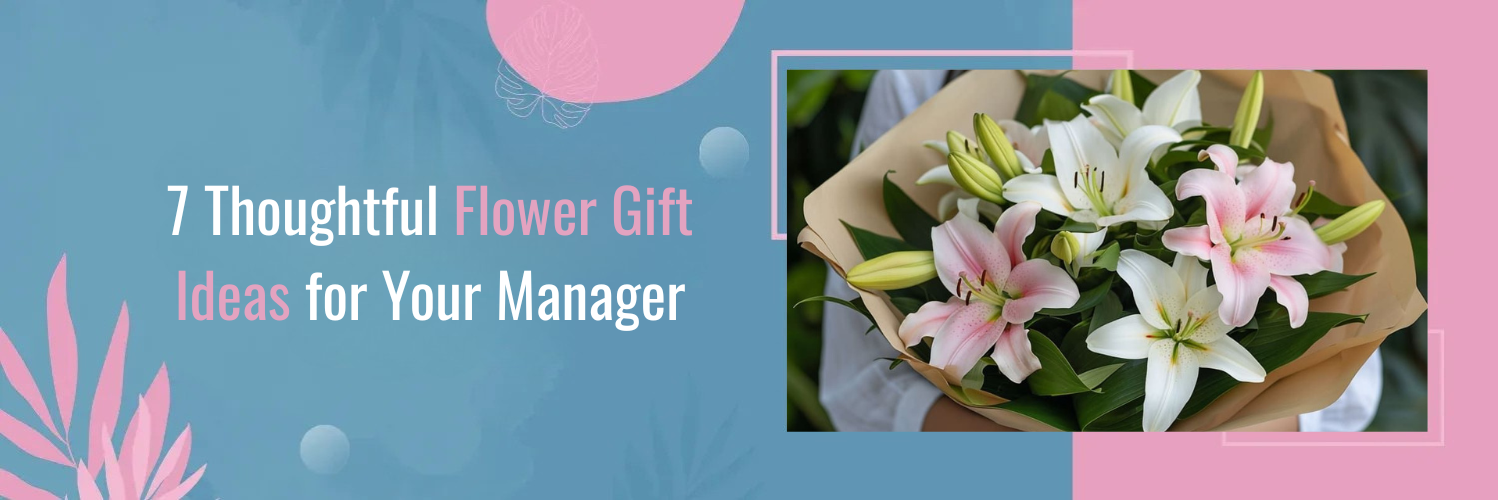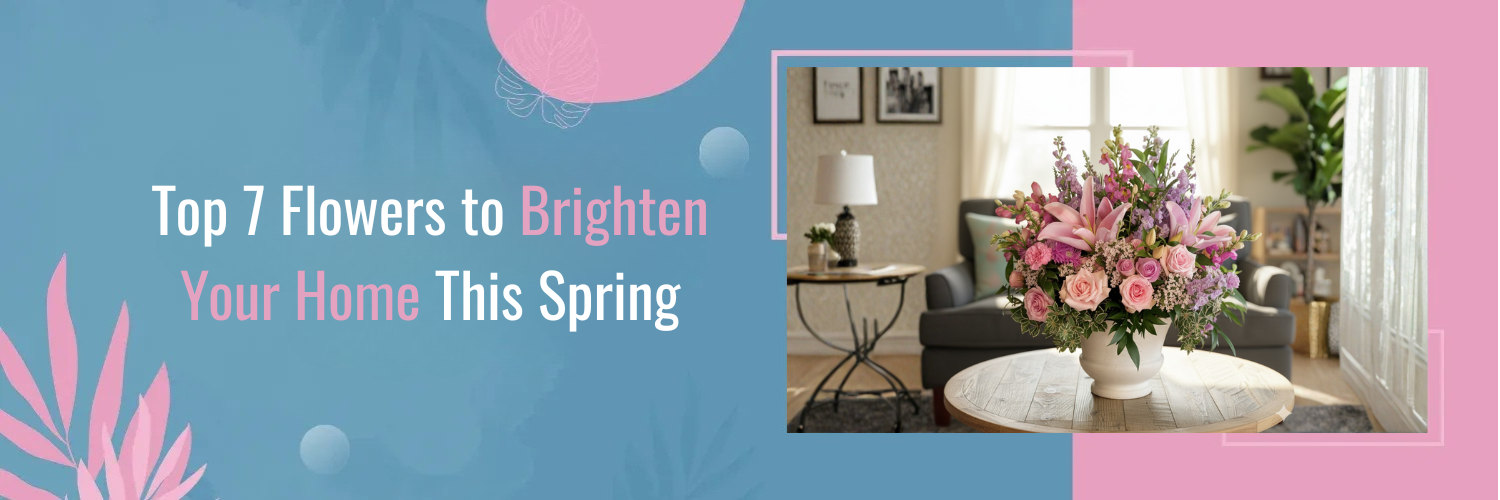The Lotus Flower
The lotus flower is more than just a beautiful aquatic plant; it holds profound symbolic significance in various cultures around the world. Its association with purity, enlightenment, and resilience has made it a powerful emblem throughout history. By the end of this blog, you’ll have a deeper understanding of the lotus and its multifaceted significance.
The Symbolic Meanings of the Lotus Flower
1. Ancient Egypt and the Lotus
In the ancient civilization of Egypt, the lotus was regarded as a sacred flower with immense symbolism. It was closely linked to the sun god Ra , who was believed to have emerged from a lotus flower at the beginning of time. This connection with Ra signified the lotus as a symbol of creation and rebirth. Egyptians observed the lotus’ daily cycle of emergence from the muddy waters, and they saw in it a reflection of the cycle of life, death, and resurrection. It was also believed to have protective qualities, warding off evil spirits and bringing good fortune. The lotus frequently appeared in Egyptian art, hieroglyphs, and architecture, underscoring its central role in their mythology and daily life.
2. Buddhism and Enlightenment
In Buddhist philosophy, the lotus holds profound significance, representing purity and enlightenment . The lotus flower’s growth from the muddy depths to the water’s surface symbolizes the spiritual journey of individuals striving to rise above the material world and attain enlightenment. Just as the lotus remains unstained by the murky water in which it grows, Buddhists aspire to maintain inner purity and transcend the challenges of life. The lotus is often depicted as cradling the Buddha or serving as a throne for enlightened beings, reinforcing its association with spiritual growth and awakening.
3. Hinduism and the Chakras
In Hinduism, the lotus is intricately connected to the concept of chakras, which are energy centres within the human body. Each chakra is represented by a specific lotus flower with various petals, reflecting different levels of consciousness and spiritual evolution. The lotus symbolizes the journey of self-realization and spiritual awakening as one’s chakras open and align. For example, the Sahasrara chakra at the crown of the head is often depicted as a thousand-petaled lotus, representing the highest level of spiritual awareness. The lotus in Hinduism serves as a visual aid for practitioners seeking to balance and activate their chakras.
4. Other Cultural Interpretations
Beyond Egypt, Buddhism, and Hinduism, the lotus flower has found unique interpretations in various other cultures. In Chinese culture, the lotus symbolizes purity, perfection, and the pursuit of enlightenment . Greek mythology associates the lotus with the nymph Lotis, who was transformed into a lotus plant to escape the advances of a god. This transformation symbolizes an escape from unwanted desires or attachments. Across these cultures, the lotus often conveys themes of rebirth, beauty, and spiritual transcendence , showcasing its versatility as a symbol.
The Lotus Flower in Art and Imagery
1. Ancient Artifacts and Hieroglyphs
In ancient civilizations such as Egypt, Mesopotamia, and India, the lotus flower held a central place in artistic expression. In Egypt, lotus motifs adorned temples, tombs, and jewellery. Ancient Egyptian artists depicted the lotus in various forms, from simple renderings to highly detailed and symbolic representations. Hieroglyphs often featured lotus symbols, where they conveyed a range of meanings, from rebirth and creation to protection and divine connection.
Lotus-shaped vessels, jewellery, and sculptures dating back to antiquity have been discovered in archaeological sites, bearing testimony to the lotus’ significance in these societies. The symbolism embedded in these artifacts reflects the cultural and spiritual importance of the lotus in the lives of ancient peoples.
2. Contemporary Art and Design
The lotus flower’s timeless elegance and profound symbolism have not faded with the passage of time. In contemporary art and design, the lotus remains a powerful source of inspiration. Artists, designers, and architects from around the world draw upon its symbolism to create modern masterpieces.
Examples of Contemporary Lotus-themed creations
- Architectural Marvels: The lotus-inspired design of the Lotus Temple in Delhi, India, with its petal-like marble structures, is an architectural wonder that symbolizes unity and purity.
- Fashion and Jewelry: The lotus motif graces fashion collections and jewellery designs, often signifying beauty, grace, and spiritual depth.
- Paintings and Sculptures: Contemporary artists use the lotus as a subject in paintings and sculptures, infusing their work with themes of transformation, growth, and enlightenment.
- Interior Design: Lotus-themed decor, furniture, and wallpapers bring a sense of tranquility and spirituality to interior spaces.
Insights from Nature
1. Lotus Biology and Adaptations
The lotus plant (Nelumbo spp.) is a botanical marvel renowned for its unique features. One of its most notable adaptations is its ability to thrive in aquatic environments. Unlike many other plants, the lotus grows in water but remains elevated above the surface, its leaves and flowers emerging gracefully. This feat is achieved through the plant’s specialized stems, which are buoyant and filled with air channels, allowing them to float effortlessly.
Self-Cleaning Leaves
The lotus also possesses self-cleaning leaves, a feature that has fascinated scientists and engineers alike. The surface of lotus leaves is covered in tiny, hydrophobic wax crystals that repel water. This property causes water droplets to bead up and roll off the surface, carrying dirt and contaminants with them. This self-cleaning mechanism has inspired the development of innovative materials for various applications, from self-cleaning coatings to stain-resistant fabrics.
Temperature Regulation
The lotus has the remarkable ability to regulate its own temperature. By adjusting the angle of its leaves to the sun, the lotus can optimize its exposure to sunlight while preventing overheating. This adaptation allows it to thrive in a wide range of climates, from tropical regions to temperate zones and showcases nature’s ingenious solutions for survival.
2. Life Cycle and Resilience
From Seed to Bloom
The lotus’ life cycle is a testament to resilience and growth. It begins as a small seed embedded in the mud at the bottom of a pond or lake. As it germinates, it sends up a long stem with leaves and flowers that gradually rise to the water’s surface. This journey from the depths of the muddy water to the surface mirrors the human experience of overcoming challenges and reaching for the light.
Symbolism of Resilience
The lotus’ ability to thrive in adverse conditions and emerge unblemished from the mud serves as a powerful symbol of resilience. It teaches us that even in the murkiest of circumstances, one can find inner peace, purity, and the potential for growth. The lotus reminds us that challenges are an inherent part of life’s journey and can lead to beautiful transformations.
Interconnectedness of Nature and Spirituality
The lotus’ life cycle also emphasizes the interconnectedness of nature and spirituality. Its emergence from the muddy depths to bloom on the water’s surface parallels the human quest for spiritual awakening and enlightenment. Just as the lotus transcends the muddy water to reveal its pristine beauty, individuals strive to rise above life’s challenges and discover their true selves.
Conclusion
The lotus flower’s meanings, images, and insights have woven a rich tapestry across civilizations and time. From ancient Egypt’s mythological narratives to Buddhism’s path to enlightenment, from Hinduism’s chakras to contemporary art and nature’s own lessons of resilience, the lotus transcends cultures and epochs. Its enduring symbolism as a symbol of purity, enlightenment, and growth serves as a testament to the universality of its appeal. The lotus continues to inspire and enlighten us, reminding us of our capacity for spiritual growth and transformation.
























